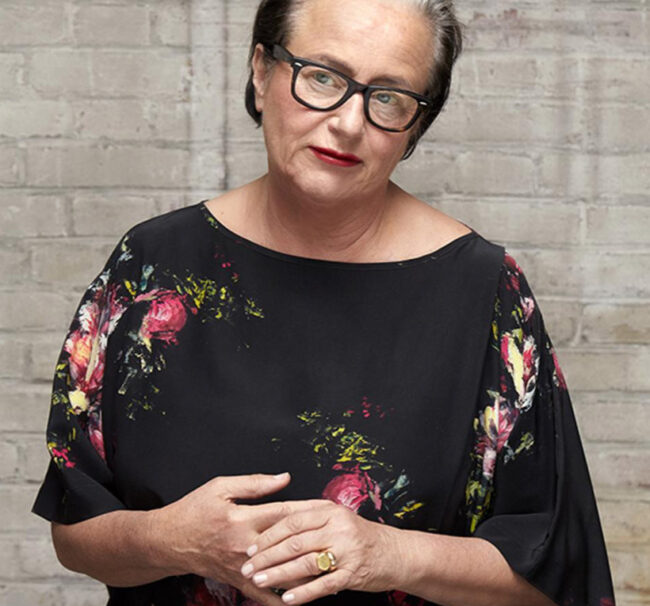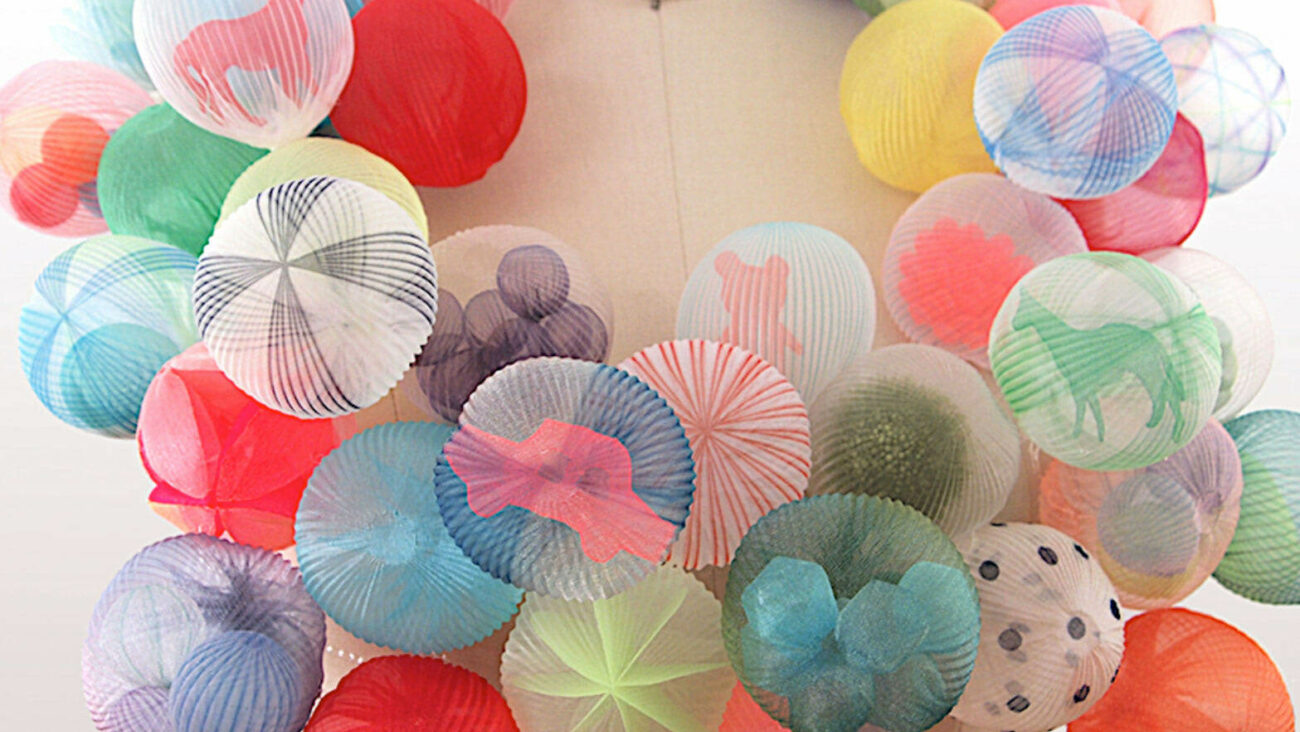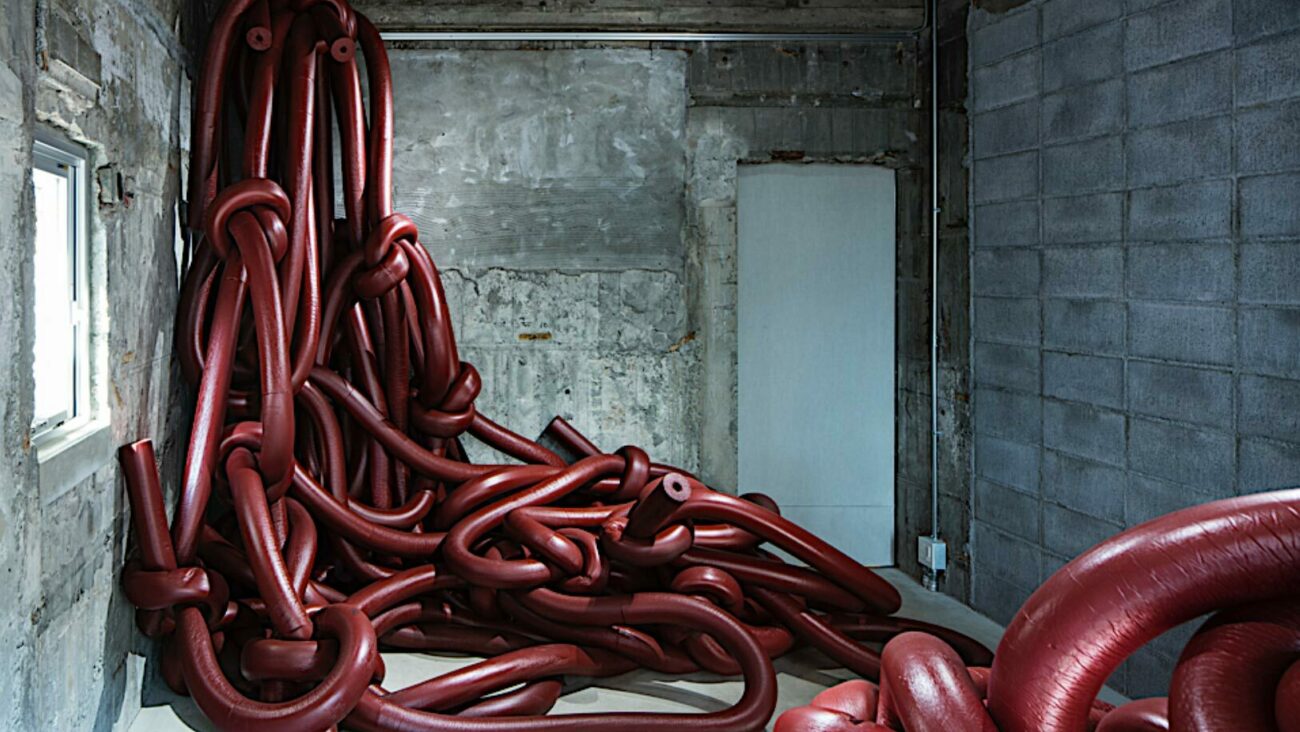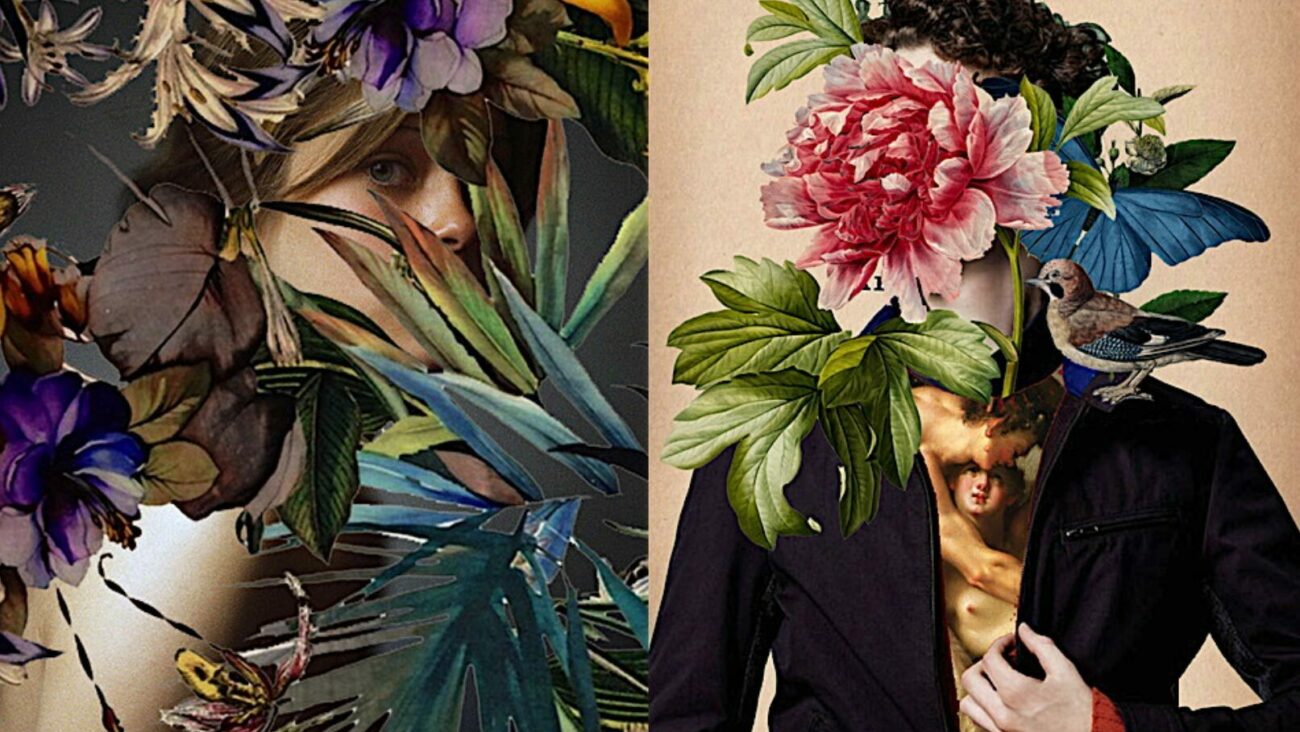LOCAL LOCOMOTION
Our changing world has spurred us to rethink travel, turning to fast, ground-based modes of transportation, such as trains, that allow us the flexibility to use them as work spaces or gathering spaces and to truly observe the spaces that we travel through and not just pass above them. Even in 2019, before the pandemic, flight shaming had begun to take hold.
As for cars, we have entered into a time when almost every purchase, small or large, is subject to our highly customizable consumer culture. Whether across town or around the world, travel will continue to be made to measure—and made for pleasure, especially as we settle into a new normal.
Togetherness Principles
In person or over video calls, people are emancipating time together more and more. Men are becoming better, more attentive fathers, and as a culture we see more generations living together in houses that are designed to allow us the freedom to live that way.
CLOTHES IN COMMON
Current clothing trends balance the dichotomy of high-end quality with low style. Trending fashion is both ageless and design-driven, couture is in a courtship with streetwear, and fashion is now skewing masculine, yet romantic. Edelkoort notices that “the power suit is not about armor anymore,” and clothing in general is made better and in smaller quantities.
Slow Time
It’s a time of learning and of cultivating patience. The age of the amateur is upon us, with a renewed interest in domestic arts like baking and making, crafting our own couture, and celebrating the global yen for items that are made by humans and not manufactured by machines.
COLLECTION ICONS
As a culture, we are in love with objects, perhaps more than ever. But we have fewer of them now, sampling the simplicity of treasuring the things we have without a strong drive to acquire more and more. In our communities and among our belongings and daily activities, we are celebrating diversity: in the people we see, the foods we eat, the materials that surround us. Rather than trying to be all things for all people, a retail store may, for example, become focused on just one excellent thing, like only products from Japan. Store inventory and household collections are grouped into families of objects and colors.
SPIRITUAL ROOTS AND ANIMISM
We are all taking a longer view of our impact in the world, seeing our lives as being bound up in longevity, tied back to our ancestry, immortalized through narrative objects. There is an intermingling of the human experience and a spiritual element, a connection forged within our souls and at the very heart of our personal stories. In conjunction with the trends of slowing time, prizing togetherness, and consciously consuming, there is a general consensus that the more things we have, the less likely we are to form a relationship with those things.
Photo from A Labour of Love for purchase here.
NYTM : Generation 2020 for purchase here.
CLOSING THOUGHTS FROM TREND UNION 2020
I hope this article has been enough of a teaser to persuade you to take in one of Trend Union seminars. If you do, in addition to gaining valuable insights into forthcoming trends you’ll also receive a complimentary book to keep for yourself and consult in the future.
To keep up with what Li’s working on now, check out one of her next seminars. Her latest book, A Labour of Love is an inspirational visual guide that is currently available for purchase. She has also started what she is calling The World Hope Forum, an event to which all are invited. “At the heart of the exchange” she says, “themes such as the environment, industry, economy, architecture waste management diversity and society will all be addressed. The idea is to inspire each other collaborate and imagine a new path forward.” Follow along to find out more about this effort on Instagram and YouTube.
So here’s to a healthier, more responsible, more beautiful future. Luxury, fashion, and consumerism has a new way of life. And as my husband Jeff says “Perhaps the tired word lifestyle is not so old after all?”







